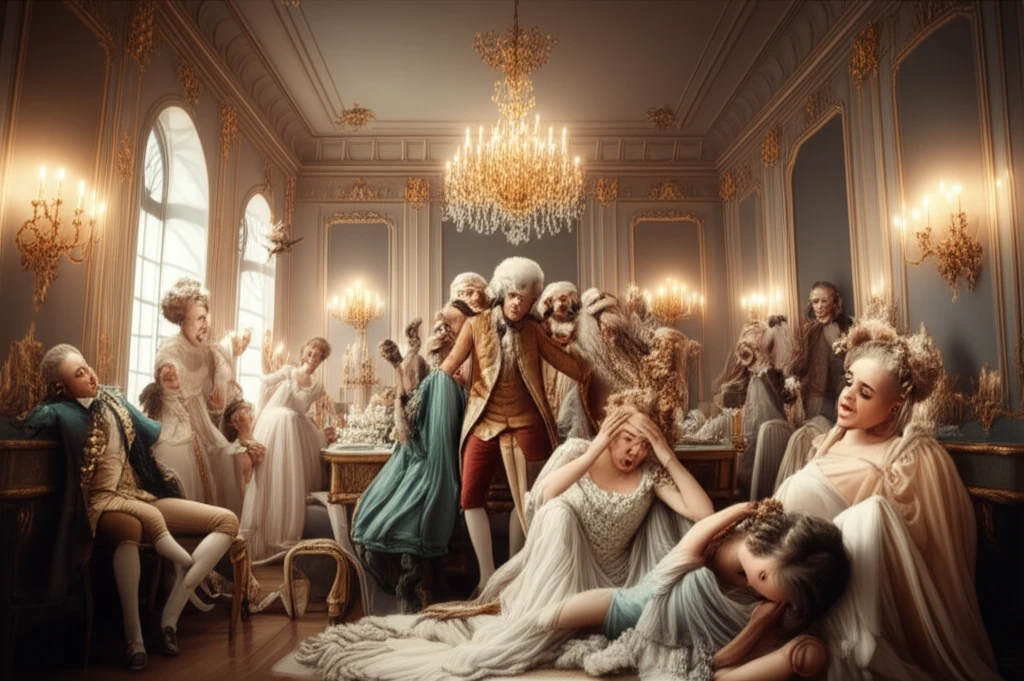
Vanity Fair: How 'Fashionable Diseases' Shaped 18th Century Identity
"Unraveling the tangled threads of fashion, capitalism, and gender in the long eighteenth century reveals surprising insights into identity and health."
In the glittering salons and bustling streets of 18th-century Europe, a curious phenomenon took hold: 'fashionable diseases.' More than just medical conditions, these illnesses became badges of honor, subtly communicating status, wealth, and belonging to a certain social sphere. But how did ailments become aspirational? And what did this trend reveal about the era's deeper anxieties?
Clark Lawlor's research, originally published in Literature and Medicine, Volume 35, delves into this intriguing intersection of health, economics, and identity. By examining period literature, medical texts, and social commentary, Lawlor uncovers the complex ways in which 'fashionable diseases' were constructed, marketed, and consumed.
Join us as we unpack Lawlor's insights, exploring how gender roles, the rise of capitalism, and the burgeoning medical marketplace contributed to this unique cultural moment. We'll also consider the satirical lens through which these trends were often viewed, and how these historical perceptions continue to resonate in our modern understanding of health and beauty.
The Rise of the 'Fashionable': How Did Illnesses Become Status Symbols?

The 18th century witnessed a seismic shift in how individuals perceived themselves and their place in society. Traditional markers of identity, such as birthright and land ownership, began to wane in importance as a new economic order emerged. This new order was fueled by credit, capital, and the ever-accelerating cycles of consumption.
- Medical Markets as Fashion: Medical treatments and products were increasingly viewed as subsets of fashion. Just as clothing styles changed with the seasons, so too did the preferred remedies and diagnostic labels.
- Fashion and Identity: Fashion offered a way to both liberate and destabilize personal identity. Individuals could express their uniqueness through their choices, but they also faced the pressure of keeping up with the latest trends.
- The anxieties of Excess: The discourse surrounding luxury, closely tied to fashion, fueled anxieties about unregulated desires and the erosion of traditional social boundaries.
The Enduring Legacy of 'Fashionable Diseases'
While powdered wigs and elaborate fainting couches may be relics of the past, the underlying dynamics of 'fashionable diseases' continue to resonate today. The desire to signal status, the anxieties surrounding health and beauty, and the influence of consumer culture remain powerful forces shaping our perceptions and behaviors. By understanding the historical context of these trends, we can gain a more critical perspective on the ways in which health, identity, and society intersect in our own time.
